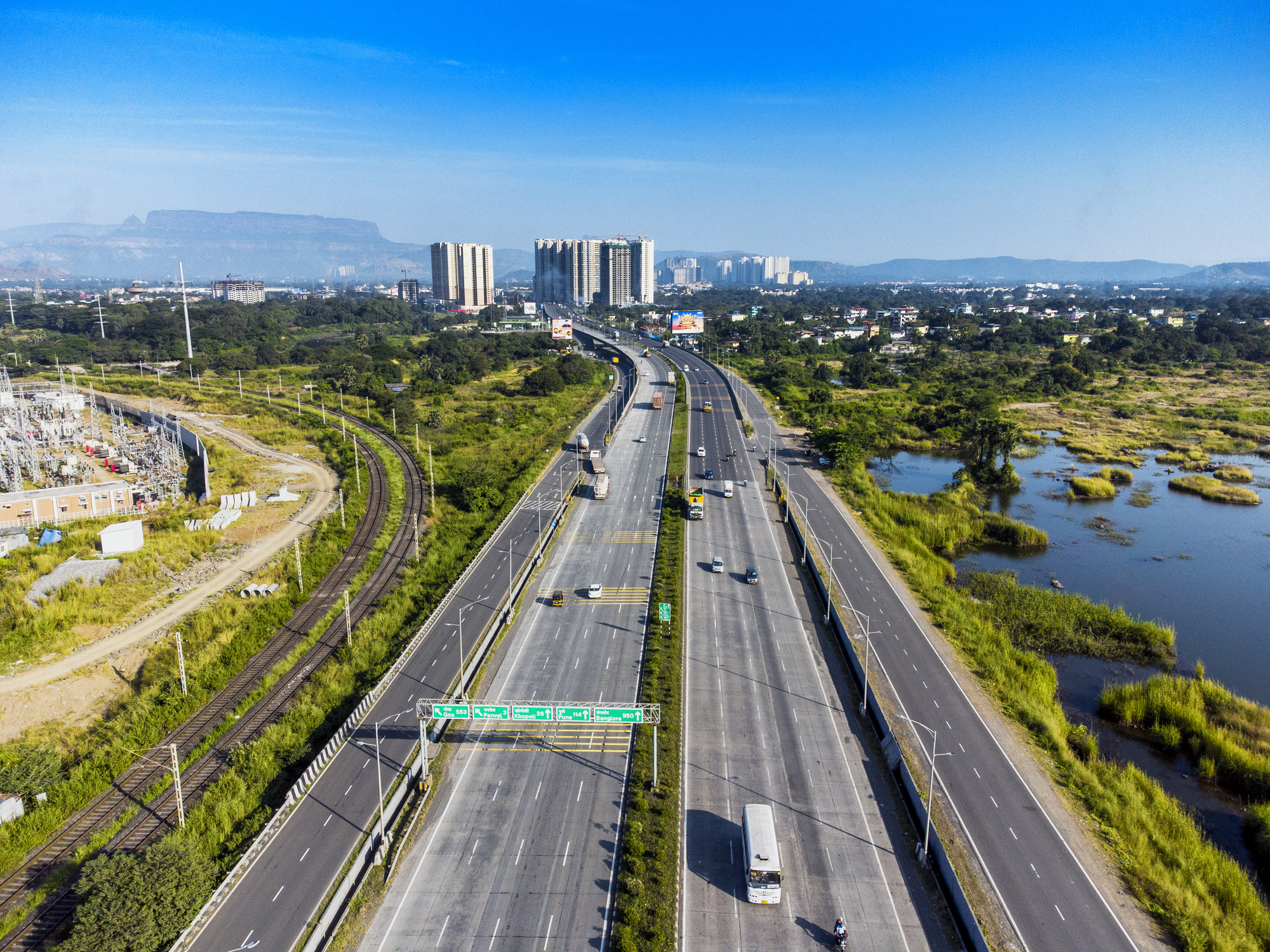The road and highway sector stands as a key pillar in the infrastructure drive of the Prime Minister Narendra Modi-led government. Over the last decade, India has seen its national highway network expand by 60 per cent, rising from 91,287 km in 2014 to around 146,000 km by 2024, making it the second-largest in the world after the United States.
This growth has helped the country surpass China in road network size, bringing it closer to matching the top spot. The push shows a clear aim to link remote areas, spur trade, and create jobs, all while building a foundation for a developed India by 2047. From the start of the Modi government’s first term in 2014, the Centre placed heavy emphasis on upgrading transport links to cut travel times and ease daily life.
The government’s focus has led to an investment of over Rs 3 lakh crore annually in road infrastructure, transforming connectivity across states. PM Modi has always advocated that roads are not just pathways; they are lifelines for economic growth and social unity. Notably, initiatives like the Setu Bharatam project have replaced thousands of old bridges, ensuring safer and faster travel nationwide.
Connecting Cities
One of the standout moves has been the rapid rollout of expressways and corridors under schemes like Bharatmala Pariyojana. This major plan targets 34,800 km of highways, with over 26,000 km awarded and nearly 20,000 km built by early 2025. The Delhi-Mumbai Expressway, a flagship link, has slashed journey times between the two cities, aiding freight movement and reducing fuel use. In Uttar Pradesh, the Purvanchal Expressway connects Lucknow to Ghazipur, while the Bundelkhand and Ganga expressways handle long-distance cargo and bypass crowded towns. These routes not only speed up logistics but also open up backward regions to new business opportunities. In the national capital region, the Prime Minister inaugurated the Delhi part of the Dwarka Expressway and a vital section of the Urban Extension Road-II, built at a cost of about Rs 11,000 crore. These additions aim to reduce jams in Delhi and nearby areas, improving links to Gurugram and beyond. Similarly, the Capital Region Ring Road, approved as a six-lane controlled-access highway, promises to circle the area and connect key routes.
Rural, Religious Connectivity
Rural areas have not been left behind. Through the Pradhan Mantri Gram Sadak Yojana, 3.5 lakh km of village roads have come up, connecting farms to markets. This has created 650 crore man-days of work in the last five years. Each rupee put into roads adds 3.2 per cent to GDP, showing the wide ripple effects. Border and holy sites have also improved, with all-weather paths to Char Dham and a new route to Kailash Mansarovar via Pithoragarh. Links to Ayodhya, Varanasi, Chitrakoot, and Prayagraj are stronger, with the Ayodhya-Gorakhpur road in progress. In Bihar, the 8.15-km Aunta-Simaria bridge on NH-31, including a 1.86-km six-lane span over the Ganga, cost over Rs 1,870 crore and links Patna to Begusarai. Inaugurated by the Prime Minister, it ends long detours for trucks and improves reach to Simaria Dham. The four-lane Bakhtiyarpur-Mokama stretch of NH-31, at Rs 1,900 crore, adds to this by speeding up local travel.
Regional Transformation
The Northeast has changed dramatically under the Act East Policy. Close to 10,000 km of national highways have been added since 2014, at over Rs 1.07 lakh crore, reaching far-flung spots. Another 5,000 km are underway, tying the region to the rest of India and boosting ties with neighbours. In the south, Bengaluru’s upgrades include widening the NICE Road corridor and expanding the Peripheral Ring Road and Satellite Town Ring Road as part of Bharatmala. Hyderabad’s Outer Ring Road completion has eased bottlenecks, while Chennai’s Peripheral Ring Road project addresses similar issues. In the east, Kolkata benefits from the Dankuni Expressway and Eastern Metropolitan Bypass, smoothing flow around the metropolis. The Raipur-Visakhapatnam corridor further strengthens ties between Chhattisgarh and Andhra Pradesh, supporting industrial growth. Maharashtra has gained from big-ticket builds like the Mumbai Trans Harbour Link, a sea bridge that ties the city to Navi Mumbai and cuts commute hours. The Samruddhi Mahamarg, stretching from Mumbai to Nagpur, has boosted trade ties within the state.
The pace has quickened in PM Modi’s third term. In the first 100 days, commitments topped Rs 11 lakh crore for infra, including roads. The daily build rate has jumped to over 33 km from 8-11 km earlier. The PM Gati Shakti plan has cut logistics costs, aiming for 8 per cent of GDP by 2030 from 14 per cent. The 2025-26 Budget sets aside more than Rs 11 lakh crore for capital outlay, with highways getting a big share. The Hybrid Annuity Model has drawn private funds back, ensuring projects finish on time.
In the essence, these highways are more than concrete paths; they form the backbone of a stronger economy. With three times the return on each rupee spent, they generate jobs and revenue streams. The government is setting the stage for a thriving, united India, step by step.














